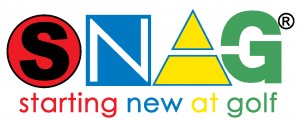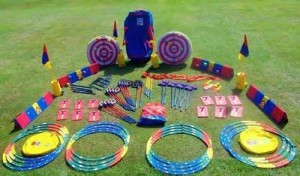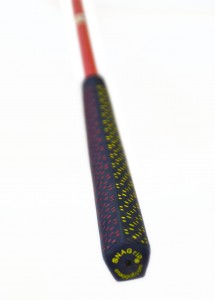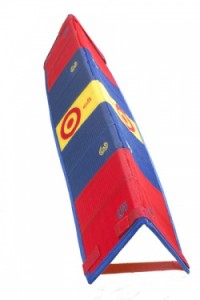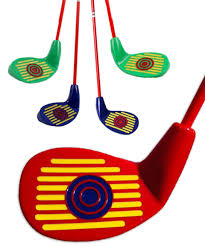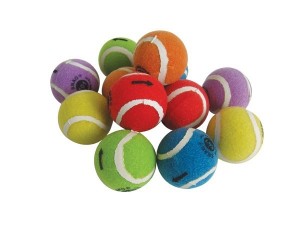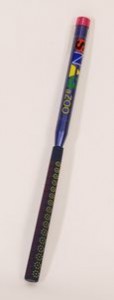Remember back when you were a kid and you picked up a golf club for the first time? Maybe one of your parents put it in your hands... Maybe you borrowed one from your friend who had a set... Or possibly it was on a mini golf course, where the colorful putter heads drew you in (ooh, shiny!).
Whatever it was about that first experience, you decided to continue picking up golf clubs. Congrats to you on sticking with such a fine game.
This summer, I'm volunteering as a junior mentor at the local golf course here in Ames, Iowa. This year, we are incorporating a system called SNAG (Starting New At Golf) into our junior league program. SNAG will serve as a foundation for the junior golfers who may be picking up their own first club this year. So what exactly is SNAG?
If I asked you to tell me one or two things that you learn about in preschool, chances are you'd probably mention something like colors or numbers. Those were pretty easy to learn, right?
RIGHT! So let's take a look at some SNAG equipment...
1. Colors
No, these aren't assorted Willy Wonka candies. They're equipment that young golfers can easily relate to. You want kids to immediately understand something? Tell them to use the (insert color here) club to hit the ball towards the (color) target.
But this isn't all random. Take a look at the grip of any SNAG club:
"Grip the club, kiddo. Now put your left thumb on the yellow, and put your right thumb on red."
BAM - a proper, neutral golf grip.
2. Numbers
The goal of golf is to get the lowest score. As you can see on the putting target above, when junior golfers hit the bullseye, they only get one point. If they hit the blue, three points, and the red nets them five points. It pays to get lower scores in SNAG, just like in real golf.
3. Size
Size matters, folks. Pick up any SNAG club and you'll immediately know it!
It's a little hard to tell in the photo above with no regular club for scale, but those club heads have about the same diameter as your average grapefruit. Also notice the clearly defined target right on the middle of the face. Kids can easily figure out where to hit these:
While they look like tennis balls, they aren't quite that big. I'd say they're halfway between the size of a regular golf ball and a tennis ball. No doubt, the perfect size to smack around the back yard with an oversized plastic club.
4. Sound
Nope, sight isn't the only sense that the SNAG program touches on. Check out this instrument:
The Snagazoo is a tool that kids can use to learn how to properly swing on a pitch shot. When they grip and take the Snagazoo back in their backswing, kids hinge their wrists and hear a small horn sound when the Snagazoo reaches the proper angle. Then on the follow through, it once again makes a noise to let kids know they did the motion properly.
---
These are just a few examples of the many different methods the SNAG program helps educate young golfers about the fundamentals of the game. There are so many more that I haven't mentioned, and also a few that I have yet to try myself with the kids in our junior league.
I can't help but look back and wish I had something like SNAG to get me started in my golfing career. I picked up my first real golf club when my grandma took me to the driving range at 10 years old. I came away both excited and disappointed... It was much harder than the pros made it look on TV. I whiffed more than my fair share. Perhaps if SNAG were more prominent back then, I could have started at a younger age and been a much better player by age 10.
With what I've seen so far, SNAG is something that all children could enjoy doing and help get them more interested in playing golf. After all, it is our duty to #GrowGolf, and SNAG might be one of the best ways to do that.
Be sure to read more about SNAG at their website:
snaggolf.com
**You can find Kevin Fitzpatrick on Twitter, @KFitzy87

